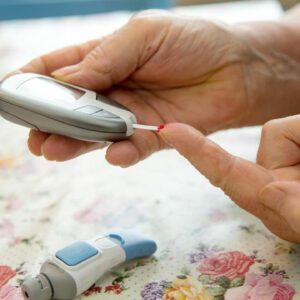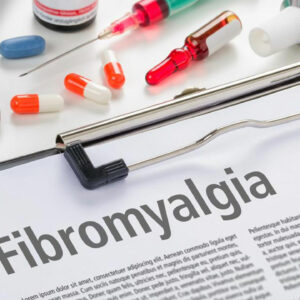
01
All You Need to Know About Adult Type 2 Diabetes
Type 2 diabetes is a chronic disorder which was earlier referred to as adult-onset or noninsulin-dependent diabetes. It affects the metabolism of glucose or sugar in the body. Glucose is the major source of energy for our body. Currently, in America 29.1 million people have diabetes. However, as large as 8.1 million of them are yet to be diagnosed and are unaware of their disorder. Every year the strength of this group of patients increases by about 1.4 million, becoming one of the most common health issues faced by the entire nation. Insulin is a hormone produced by our body that maintains blood glucose levels by regulating its movement into cells. When having adult type 2 diabetes, our bodies become inefficient in managing the glucose levels in the body. It either produces an inadequate amount of insulin leading to an excess level of glucose, or the body resists the function of insulin. Symptoms and signals Type 2 diabetes, unfortunately, does not manifest early. The symptoms show up slowly; sometimes it takes a few years to realize a diabetic condition. The following are common signs that you should not ignore since they could indicate failing insulin function. High urination frequency Increased appetite or frequently getting hungry Loss of weight Tiredness and fatigue Vision blurring Incurring frequent infections Sores taking long time to heal Skin darkening Treating Adult Type 2 Diabetes Blood sugar levels can be kept in check with regular monitoring and controlled diet. Although, in case of severely high blood sugar levels, medication and therapy involving insulin injections are required. Consult your doctor for understanding what is the best-suited medication for your condition is. Most common treatment options for adult type 2 diabetes have been listed below. Sulfonylureas Sulfonylureas stimulate the pancreas leading to better insulin secretion. Most common side effects of this drug are weight gain and low blood glucose.
Read More 










